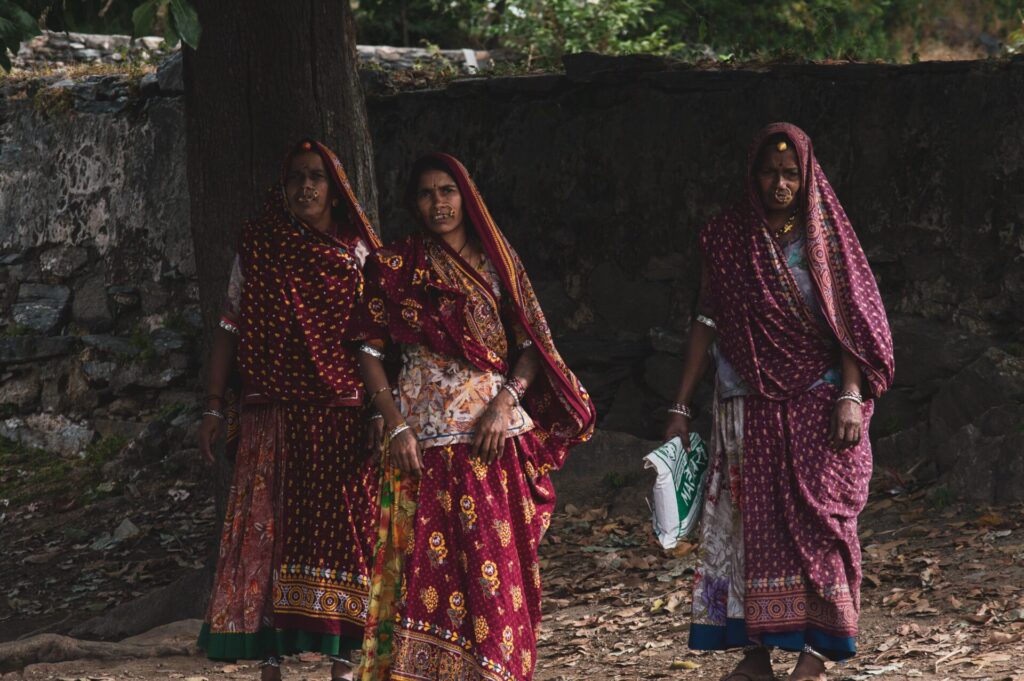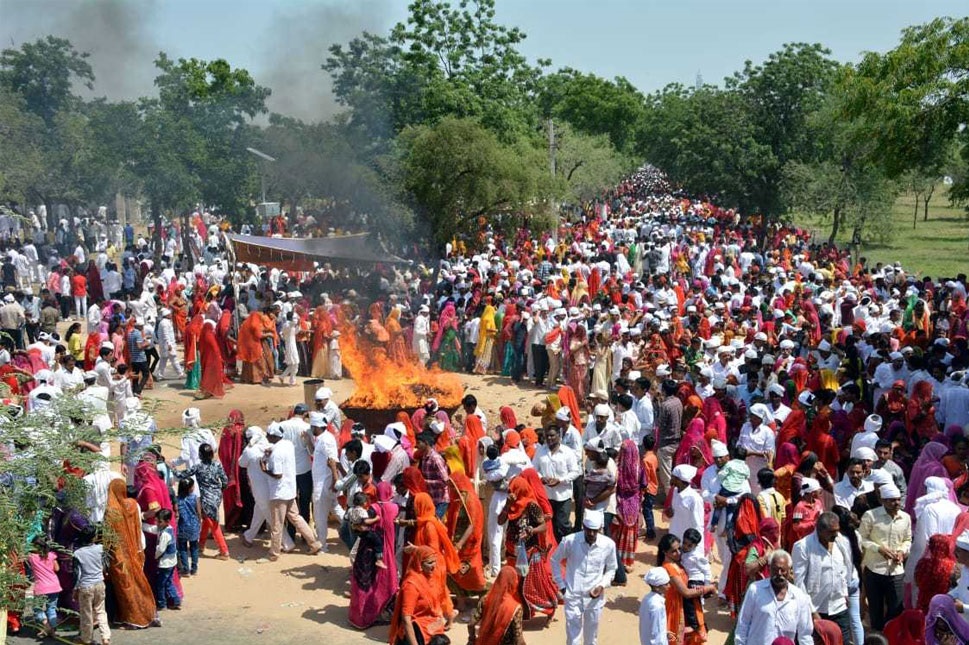Early man worshipped the forces of Nature. Mother Earth, the Sun God, and Rain God were prime deities because they sustained life. The centuries slid by, and religions with specific names emerged. Today, we worship Gods and gurus, but there exist tribes that still pay obeisance to Nature herself. One such fascinating tribe are the Bishnois of Rajasthan.
The Bishnoi tribe is over 500 years old and they follow a religion that is based on the principle of conserving nature and wildlife. They live in the Western Thar desert and in some parts of Gujarat, Haryana, and Punjab. The Bishnois are mostly Jats and Rajputs but they usually take up the ‘Bishnoi’ surname.
They are known to be the first environmentalists in India with over 1 million followers.
The Bishnois follow the 29 Principles of their religion. In fact, ‘Bish’ means 20 and ‘Noi’ means 9, hence Bishnoi means ‘Twenty Niners.’ The killing of animals and felling trees is totally banned by them.
The Roots of the Bishnois
The Bishnoi sect or Bishnoism was founded in the 15th century by Guru Jambheshwar of Bikaner, also known as Jambhaji, a resident of Jodhpur. One night, Jambhaji dreamt that his village was hit by a massive drought because people were neglecting Nature.
The dream was an epiphany that inspired him to relinquish the material world and become a holy man. Soon, he grew popular as Guru Jambeshwar and founded the Bishnoi sect, laying down 29 tenets for the protection of nature and wildlife.

Before his death, he is said to have told his followers to protect the Black Buck as it was his manifestation. Among trees, the Khejri tree, found in deserts, is considered very sacred by the Bishnois. This medium-sized tree has medicinal properties and provides fodder to camels.
Wearing anything blue is banned in the Bishnoi tribe because the dye for colouring blue is obtained by cutting a large number of shrubs.
Legend of Amrita Devi Bishnoi – The Khejarli Massacre
The concept of the Chipko Movement or Tree hugging also came from the Bishnoi community as it was inspired by the story of Amrita Devi Bishnoi.
In 1730 AD, Maharaja Abhay Singh, the then King of Jodhpur wanted to build a new palace, for which he ordered his men to cut down the Khejri trees to get the wood for construction. But when the king’s men came to the village, Amrita Devi, her three daughters, and the villagers opposed the felling of trees.
Amrita Devi said it was against her religious faith and would rather give her life away to save the green trees. She, along with her daughters hugged the tree. Unfazed, the king’s men severed their heads. News of the great sacrifice spread to other villages. One Bishnoi volunteer after the other hugged trees and had their heads severed.
A total of 363 Bishnois – men, women, young, and old gave their lives and became martyrs. This came to be known as the Khejarli Massacre. Finally, the king had to relent and ordered a ban on cutting trees and hunting of villages within the boundary of Bishnoi villages.

Even today, every September, the Bishnois gather and pay their respect to all the martyrs who laid down their lives and were buried in Khejarli village.
29 Tenets of the Bishnois
The Bishnois follow 29 tenets given by Guru Jambeshwar which preach conservation of nature and wildlife.
Out of the 29 tenets, 10 are dedicated towards personal hygiene and basic health, 7 towards social behaviour, and 8 for the worship of God.
Among Bishnois, only dry twigs and branches can be used as fuel. Though Hindus, they bury the dead since cremating a body requires cutting trees to get wood. They practice vegetarianism. Not only eating but even trading in non-vegetarian food is prohibited.
As a tribe, the Bishnois are very gentle and peace-loving. However, when it comes to the protection of wildlife and trees, they can become aggressive. Their Bishnoi temples are shelter houses for the injured animals. At the temple here, the priest cares for and has nursed back to health many animals like the blackbuck, nilgai, and chinkara.

It is common to see these animals roam the villages of the area unafraid of human sightings. Bishnoi women have even breastfed rescued calves until they are big enough to take care of themselves in the wild.
The Bishnoi philosophy of wildlife preservation, brotherhood, protection of nature, peace, and penance is truly inspiring.
Rajasthan is home to a variety of the most beautiful birds and majestic animals. Catch a glimpse of them at the Sariska National Park!










